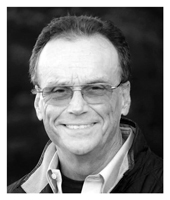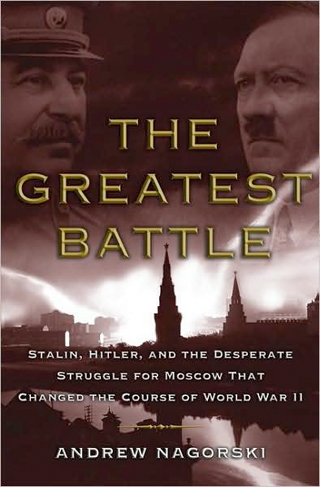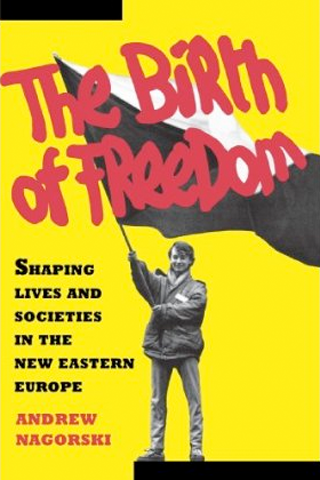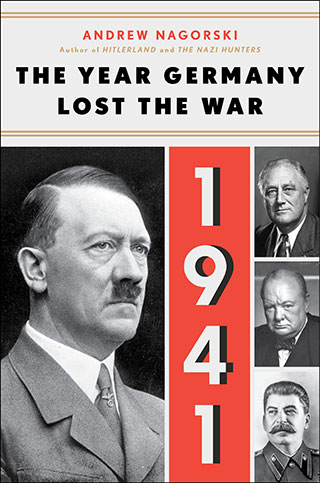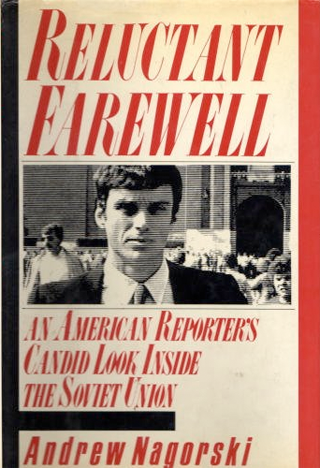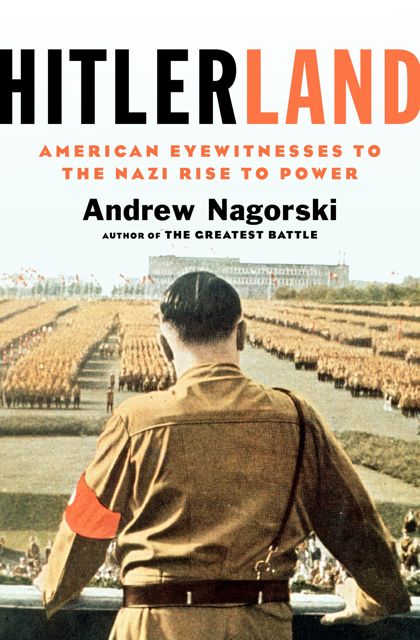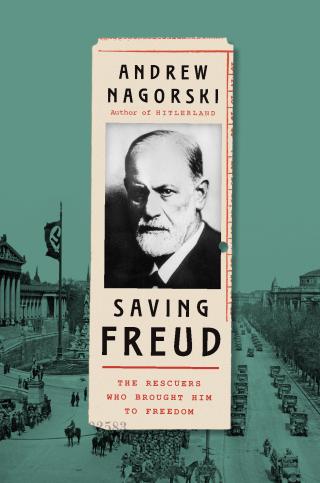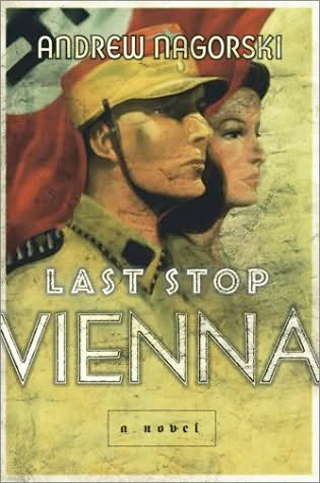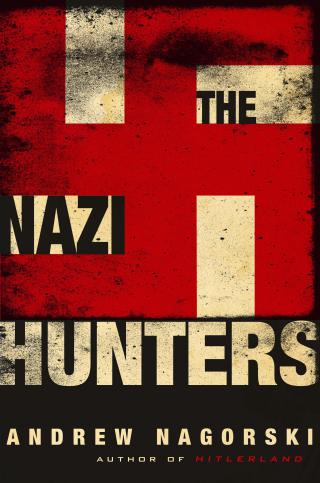In the 16 years he served as Germany's Chancellor, Helmut Kohl notched historic achievements while consistently outwitting those who underestimated him.
Former German Chancellor Helmut Kohl, who died today at age 87, liked to portray himself as a man of simple tastes and habits. His favorite movie was High Noon, which he watched again and again; his favorite American president was the plain-spoken, strong-willed Harry Truman. His appetite ran to sow’s stomach and hearty puddings. “I like everything that makes you fat,” he declared.
While serving as Newsweek’s correspondent in Bonn in the late 1980s and in Berlin a decade later, I was often struck by Kohl’s imposing physical presence that proved his point. No more so than one evening when I happened to be dining at his favorite restaurant on a hill in Bad Godesberg, Bonn’s picturesque diplomatic district. Kohl sat down at a table in my direct line of vision, offering me the kind of profile view that I rarely saw when he gave press briefings or delivered speeches. It's a rotund image I never forgot.
But Kohl was larger than life in far more significant ways. When he failed in his bid for a fifth term and was finally defeated by Gerhard Schröder’s Social Democrats in 1998, he had served sixteen years in office—a modern-day record. He achieved seemingly impossible goals, presiding over German unification and championing the drive for European unity that culminated in the adoption of the euro as a common currency.
Kohl was “the right man at the right time,” Chancellor Angela Merkel declared after his death. Former President George H.W. Bush, who worked closely with him during the epic events of 1989 and 1990, from the fall of the Berlin Wall to German reunification, called him "one of the greatest leaders in post-War Europe.” Like his mentor Konrad Adenauer, the first West German chancellor, Kohl managed to convey a sense of stolid reassurance to his countrymen even as he transformed their country and their continent.
His long tenure was also marked by controversy and his personal style by rough edges. Yet those who wrote him off as a provincial bumpkin when he first became chancellor in 1982—Der Spiegel called him “a senseless babbler”—soon learned how badly they had underestimated him. Within his Christian Democrat Union, would-be challengers like Kurt Biedenkopf and Lothar Späth found themselves banished to the political hinterlands.
Merkel, who both benefitted from Kohl’s tutelage and chaffed at times at his barely concealed condescension, learned her lesson well. When Kohl was tarred by a financial scandal involving party slush funds in 1999, Merkel moved swiftly to replace him as the head of the CDU, laying the groundwork for her rise to the top.
But the biggest mistake of Kohl’s early critics was to fail to understand the source of his convictions and political ambition. Born to Catholic parents in the factory town of Ludwisghafen near the French border, Kohl joined the Hitler Youth at age ten in 1940. Too young to fight in the war, he nonetheless could learn its lessons. For him, that meant upholding Adenauer’s axiom that the goals of German and European unification were “two sides of the same coin.”
He worked hard to reassure Germany’s neighbors that his country was truly coming out of the shadows of its Nazi past. He stood silently and held hands with French President Francois Mitterrand at the World War I battlefield in Verdun in 1984, and he quickly resolved a border dispute with Poland after that country regained its freedom in 1989 and championed its subsequent bid for NATO membership. He also won praise from Israeli officials for nurturing of close ties with their country.
At times all this could be a tough balancing act, with dramatic stumbles along the way. In 1985, he took President Ronald Reagan to the Bitburg cemetery, hoping for another gesture of reconciliation like the one with Mitterrand. But the cemetery held World War II dead, including members of the Waffen SS, unleashing a furious controversy.
In 1986, in a famous interview with Newsweek’s editor Maynard Parker and me in Bonn, he compared the public relations skills of the then-new Soviet leader Mikhail Gorbachev to those of Nazi propagandist Joseph Goebbels. (When Kohl tried to claim that we had misquoted him, I felt compelled to play the part of the tape that contained the passage in question.) As a result, the Kremlin canceled a planned visit by Kohl to Moscow. But by the time the Berlin Wall fell, Kohl had developed a close personal relationship with Gorbachev that proved critical to persuading him not to oppose German unification.
Kohl was resolute in his political convictions about Germany’s place in Europe and the world, despite his tactical errors. Right after taking office, he averted a crisis within NATO by facing down antimissile protesters and endorsing the deployment of U.S. medium-range missiles in West Germany. That proved to be an invaluable show of solidarity with the Reagan administration as it sought to pressure the Soviet Union to change its ways.
On domestic issues, Kohl was far less sure-footed, which allowed the German media to continue sniping at him. On issues like much-needed reforms of the labor market and the welfare state or the challenges of absorbing the immigrants who lived for decades as gastarbeiters, guest workers, he procrastinated rather than make decisions that risked alienating many voters. He did not really know how to finesse those issues so he often avoided them.
Still, Kohl’s accomplishments far overshadowed his failures and personal shortcomings. At a time when Europe is riven with often petty rivalries and deep policy differences, Kohl’s overarching optimistic vision of a unified continent seems almost anachronistic. His death serves as a reminder that, as one of his aides told me when he lost power in 1998, “perhaps he’s the last of his kind.”
Andrew Nagorski served as Newsweek’s Bonn bureau chief from 1985 to 1988, and as its Berlin bureau chief from 1996 to 1999.
